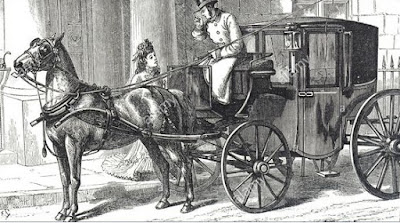Seeing how slim the picken's are these days for solid, cheap old cars, I guess people are strictly adhering to social distancing guidelines and that's good. Real good. Thing is, if I needed a good cheapie quick, I'd be screwed. There's not a lot to choose from within a hundred miles or so of our home here on Cleveland's west side. That's why today my dive into the discount bin comes up with this oh-so-'90's, 1999 Pontiac Bonneville SE. For sale at Motor City Auctions outside Detroit, which is a solid two hour drive from here, at $3,900 and with just 62,000 on the ticker, this is about as good a deal as I'm going to find out there these days. And I could do a whole lot worse although I would want to do a whole lot better.

First things first, though, I'd have to be really, really desperate to seriously consider this thing. Taken solely as a transportation conveyance it's fine. Actually more than fine. Spacious, practical, a decent handler considering it's senseless bulk, reasonably powerful and fuel efficient, there's nothing inherently awful about this car. The problem I have with it is its styling. These big Bonnies were just flat out fugly.
Part of GM's "H" and very similar "G-body" front wheel drivers first debuting in 1985, this '99 Bonneville was the last model year for not only GM's first updating of the platform that began with Cadillac in 1989 but for the platform's run in general. In an upsizing move straight out of the 1960's, GM added just shy of a foot of additional sheet metal to their Cadillac deVille's, Buick LeSabre and Park Avenue, Oldsmobile 88 and 98 and our Bonneville here. Chevrolet, and someone explain to me why this was, never got an H-body.
It was an upsizing for the sake of upsizing - there was no increase in interior volume and, subjectively, the styling was hit or miss. The Oldsmobile 98 was the best looking of the lot, the Cadillac Sedan deVille was fairly handsome, the Coupe deVille was an ill proportioned mess. The Buick's were just awful and then there was perhaps the worst of the over-styled bunch, our Bonneville here.
Which is sort of ironic given that, again, subjectively, the first H-body Bonneville was the best looking of the original H's. Thanks to oldcarbrochures.com for the above picture of a 1987 Pontiac Bonneville SE.
Also didn't help that these cars were awash in 1990's GM plastic and fussy design.
Still, given the mileage and my personal familiarity with the powertrain, again, if I was desperate, I could do a lot worse than this car.









































